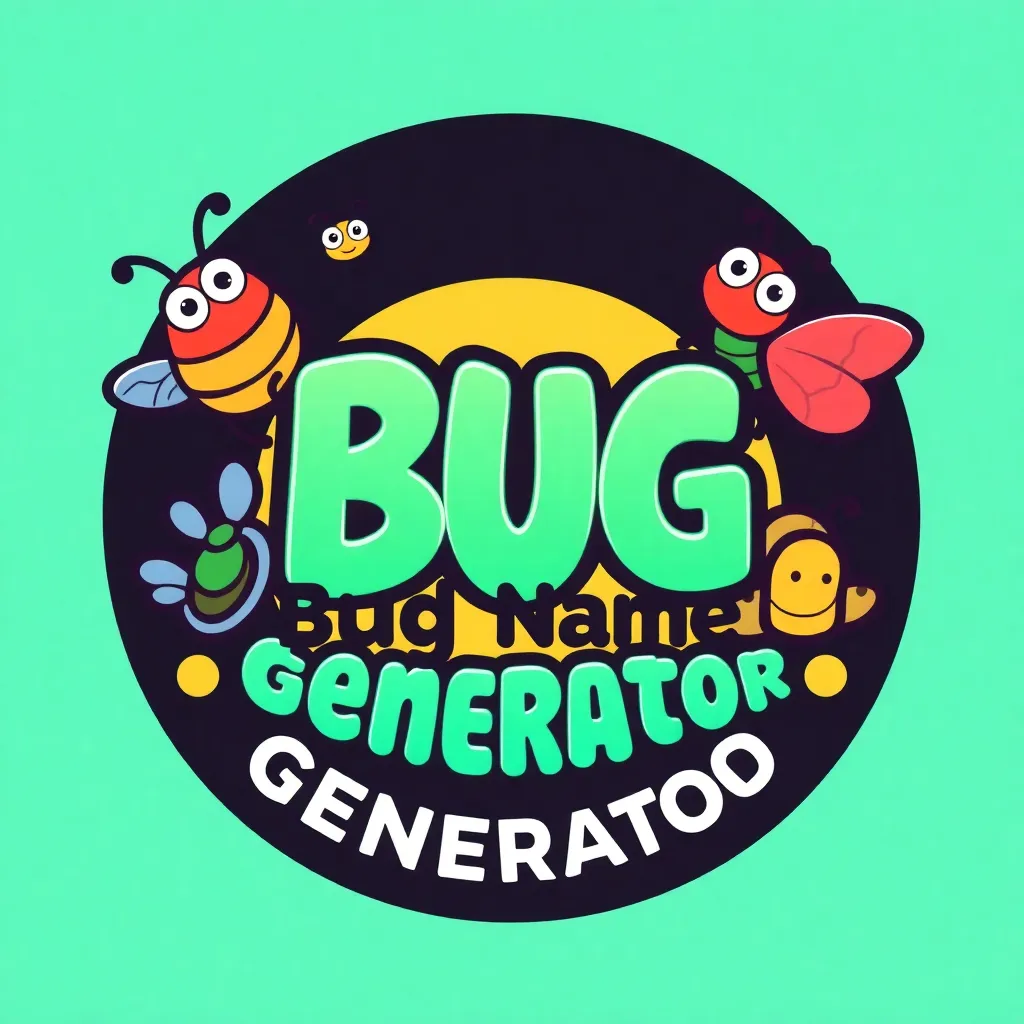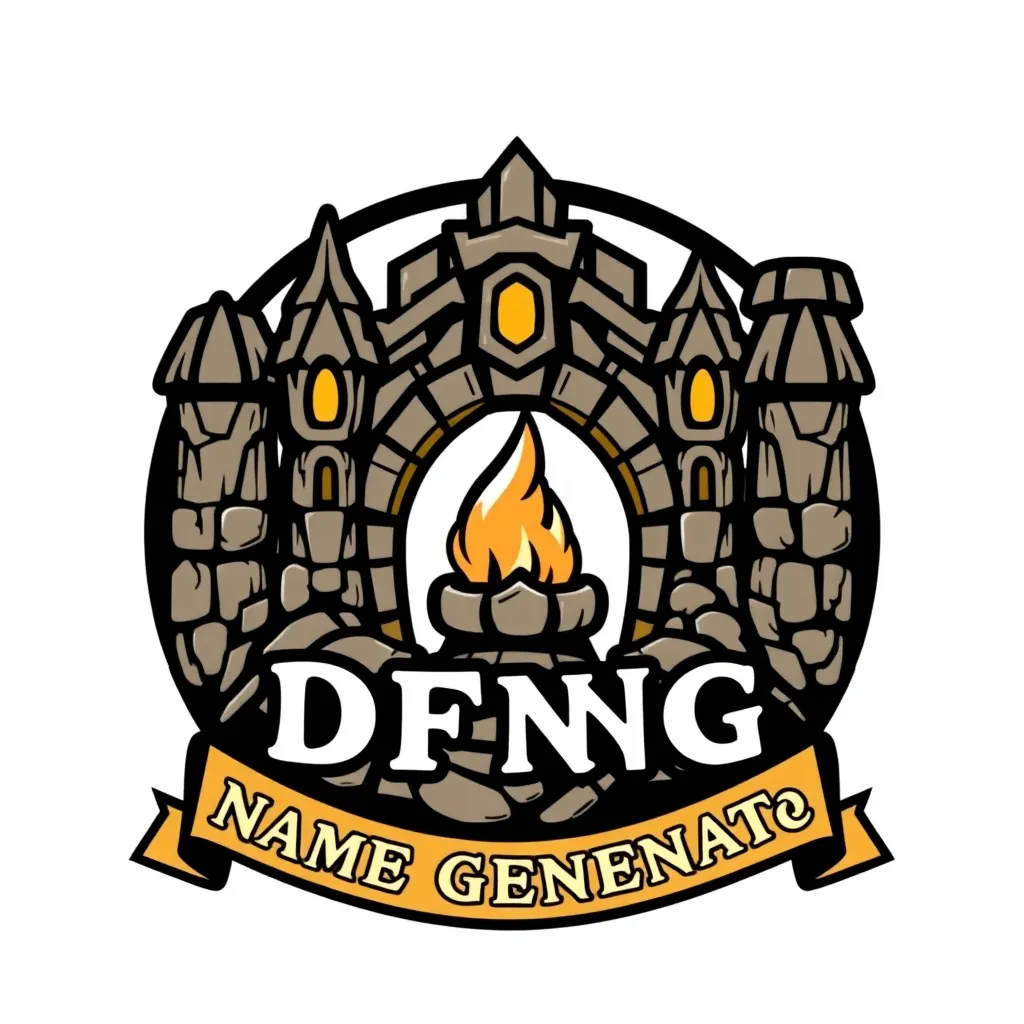
Bug Name Generator
Generate unique and creative names for bugs, insects, and creepy crawlies!
Bug Name Generator
What is the Bug Name Generator?
The Bug Name Generator is a tool that uses AI to create imaginative and intriguing names for bugs, insects, and other critters. Whether you're developing a game, writing a story, or simply looking for a fun nickname for your pet invertebrate, this generator will provide you with a plethora of options.
Creative Name Generation
Unleash your imagination and find quirky, distinctive names for your insects.
Variety of Styles
Produces names ranging from realistic-sounding scientific names to humorous and whimsical nicknames.
Suitable For Many Purposes
Ideal for writers, game developers, educators, and bug enthusiasts of all ages.
Powered by AI
Machine learning algorithms generate unique suggestions based on common bug naming conventions.
Completely Free to use
Free name creations on the go!
Steps to Use the Bug Name Generator
Follow these simple steps to generate your bug names:
Describe Your Bug (Optional)
Input details like physical traits (e.g., 'fuzzy,' 'spotted,' 'armored'), behaviour (e.g., 'skittish,' 'aggressive,' 'lazy'), or its habitat (e.g., 'forest,' 'underground,' 'aquatic'). Or skip for general names. Be as descriptive as possible for better results!
Specify Name Style (Optional)
Tell us the name styles you would prefer: e.g., a scientific name, a fantastical name, or a humorous one.
Click Generate
Hit the 'Generate' button to receive a list of creative bug names.
Refine or Regenerate
If you're not satisfied with the initial results, adjust your input parameters or click 'Generate' again for a fresh set of names.
Unleashing Creativity with the Bug Name Generator: A Catalyst for Innovation
The Bug Name Generator is an AI-powered tool designed to ignite creativity during the often-frustrating process of naming software bugs, vulnerabilities, or security flaws. It aims to provide developers, security researchers, and QA specialists with a fresh stream of inspiration, transforming a potentially mundane task into an engaging creative exercise. Instead of facing writer’s block or reusing generic descriptions (like “Bug #123”), users can generate evocative and memorable names that provide context, hint at the bug’s nature, or simply add a touch of personality to the issue. This not only aids in internal tracking and communication but also assists with public disclosure efforts, often leading to greater engagement in reporting vulnerabilities. The tool strives to provide name options that represent various aspects of the problem: the area of the code/system impacted, the severity of the bug, potential consequences, etc.
By drawing on a diverse vocabulary, including mythological references, tech jargon, historical events, and playful puns, the Bug Name Generator elevates bug naming into a unique storytelling opportunity. It’s meant to stimulate ingenuity and facilitate quicker recall, ultimately streamlining the debugging and fixing processes. A good name also increases the visibility and importance that can be conveyed by a simple “Bug” tag. A bug renamed “Gnarled Kraken Issue” makes internal parties take note as well as external researchers in bug bounty programs.
Iconic Bug Names and Their Origins: A Source of Inspiration
The software bug naming tradition has roots in diverse influences. Some names are deliberately playful, others are stern warnings. Let’s explore some emblematic bug names and their inspiring backstories through the table presented next:
| Bug Name | Origin/Background Story | Meaning/Significance | Example Tool/Software where applicable |
|---|---|---|---|
| Heartbleed | Created by a Codenomicon engineer, this name merges “heartbeat” (the technical aspect involved) with “bleed” | Underscores the devastating nature of the OpenSSL vulnerability – sensitive keys was extracted. | OpenSSL |
| Shellshock | Derived from the term “shell” (referring to the Unix Bash shell) and its potential to cause catastrophic damage. | Implies a severe system-level vulnerability impacting command execution. | Bash |
| Meltdown/Spectre | Names coined to highlight the vulnerabilities associated with speculative execution in modern processors. | Reflects vulnerabilities where processors reveal protected data/state. | Intel, AMD, ARM processors |
| POODLE | Padding Oracle On Downgraded Legacy Encryption. Creates a mental image associated with a vulnerability’s danger. | Describes a flaw in SSL 3.0 where encrypted data can be decrypted through a man-in-the-middle attack. | SSL 3.0 |
| Stagefright | A movie production from Alfred Hitchcock associated with fearing the stage, also applies technically in an operating system name | Relates generally to vulnerabilities in stagefright frameworks across operating systems such as Android | Android |
| Bluekeep | Inspired by the “Blue Screen of Death (BSOD)”. Can easily be associated with Windows O/S and RDP | Signifies the severity of a remote code execution vulnerability in Remote Desktop Protocol (RDP) and how likely an exploitation would cause catastrophic system behavior | RDP |
| DNSpooq | This vulnerability includes two sets of vulnerabilities in DNS resolver software whose names incorporate “Spoof”, signifying DNS cache poisoning, and “OODQ”, being an abbreviation of out-of-date question | This is an acronym describing a security vulnerability based on well known attack, making researchers feel at home in the DNS landscape | PowerDNS, Knot DNS, BIND9 |
| LazyFP state restore" | The term lazy being associated to not performing the correct duties | Reflects vulnerabilities where FP state isn’t preserved correctly | INTEL CPU micro code |
| ** Dirty COW** | It suggests the vulnerability is “dirty”, that the data accessed through it becomes corrupted. | Indicates a privilege escalation bug in the Linux kernel, allowing a user to overwrite read-only files. | Linux kernel |
Relation Tools

Wu-Tang Clan Name Generator
Find your perfect Wu-Tang Clan inspired rap name now!

Gangster Name Generator
Craft the perfect alias for your criminal persona.

Secret Santa Name Generator
Make your gift exchange easy and fun! Generate Secret Santa names instantly.

Flower Name Generator
Generate unique and beautiful names for your flowers!

Chapter Name Generator
Create captivating chapter names for your book or story with ease.

AI Band Name Generator
Struggling to find the perfect name for your band? Let AI spark your creativity and generate unique and memorable band names in seconds!

Persian Name Generator
Find the perfect Persian name for your baby, character, or creative project.

Dwarf Fortress Name Generator
Craft Legendary Names for Your Fortress
Bug Name Generator Show Case
Here are some examples of names generated by our Bug Name Generator:
Gloomfly
A dark and mysterious name for a nocturnal insect.
Sparkle Crawler
A flashy & shiny beetle.
Velvet Antlion
A ferocious, velvet-like antlion.
The Tickler
A friendly cute tickler.
Flounder Beetle
A hilarious name for a beetle that isn't really fond of getting out of the waters.
Cuddle Cricket
Name created for a lovely cricket.
Frequently Asked Questions about the Bug Name Generator
Find answers to common questions about using the Bug Name Generator: